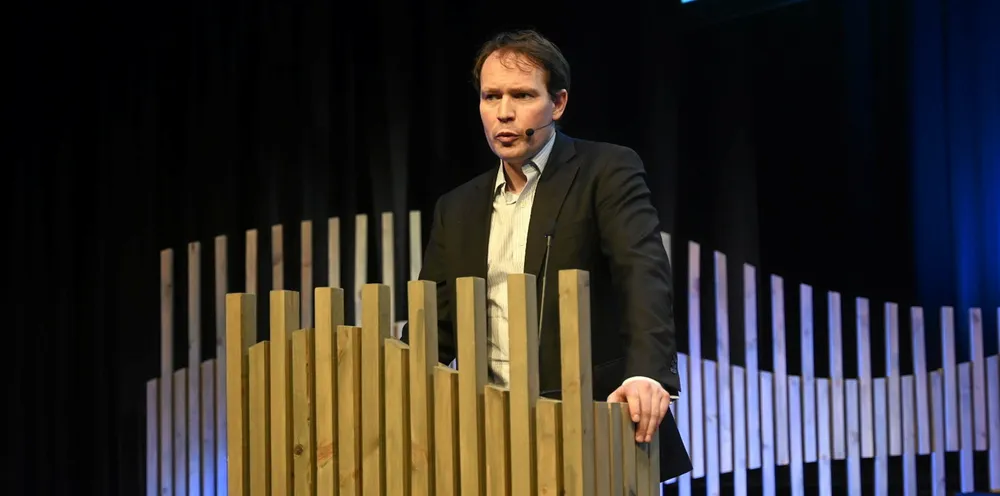Analyst: 2023 could be third-best earnings year ever for salmon farmers, despite tax uncertainty
Last year produced a 'fantastic' result, but even after the introduction of the ground rent tax, he expects 2023 will have higher net earnings for the industry than in 2019, 2020 and 2021.
